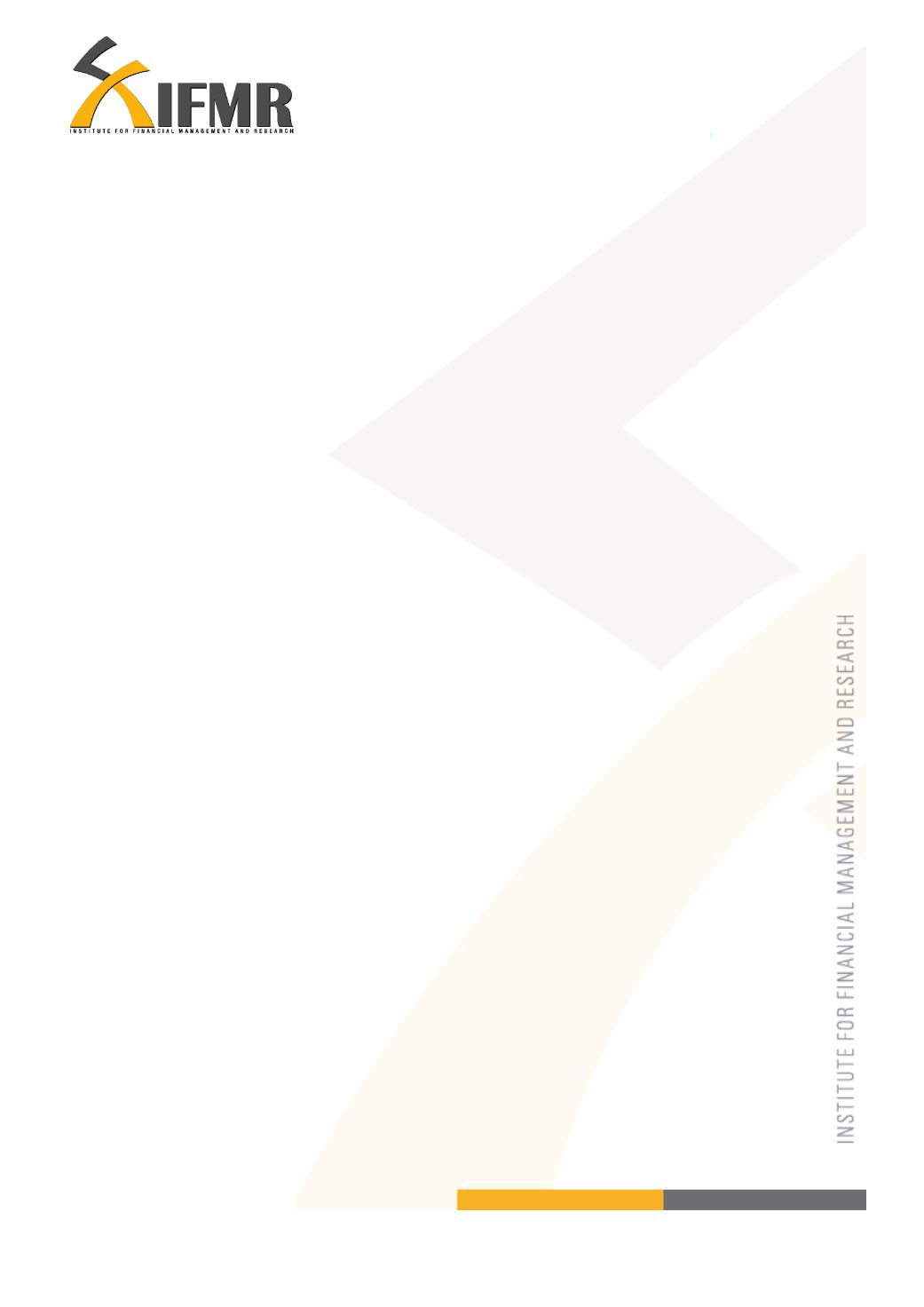
10
collateral requirement. Regular savings and peer pressure are the two key aspects of this
lending model. As of March 2009, there were more than 6 million SHGs in India with
more than US $ 50 billion savings with banks (NABARD report, 2008-09).
Globally too, in the last decade, microfinance has taken up a considerable role in
providing the world’s poorest access to financial resources. For Marguerite Robinson,
2001, the microfinance revolution that began in the 1980s, came to the forefront only in
2000s and helped establish the importance of finance in maintaining a steady
consumption level among the poor and hence helping in reducing vulnerability. The
main aim of the microfinance industry has been to meet the demand for small credit by
the poor, a demand which has still been unmet by the conventional banking sector.
The movement made rapid strides in rural India where it has become an important engine
of financial inclusion. However, growth of urban microfinance is a recent phenomenon
and of late it has received considerable attention of social researchers. A dwindling
growth of microfinance in the rural areas and untapped demand for credit in urban areas
are the prime reasons behind this growth.
While the success of the Microfinance institutions (MFIs) have guaranteed that credit in
some form is available to the poor but this has not been adequately translated to a
substantial improvement in their monetary situation. Therefore, the role of the MFIs
cannot stop at credit alone; it must also look to tap into savings and additional income to
reduce vulnerability, smoothen consumption and increase asset value.
Under the MFI initiatives, there are two main channels to deliver credit to those at the
bottom of the pyramid- via a relationship-based banking model or via a group-based


